The ongoing pandemic has put a screeching halt on many of our travel plans.
Recently the Norwegian government has lifted the firm recommendation to forego unnecessary travel within the country’s borders.
Residents are cautiously starting to make summer plans to travel around Norway. But the overall increased level of caution has many travellers choosing to purchase a flexible ticket over a regular one. But is it worth the extra kroner?
What is a flexible ticket?
A flexible ticket is a more expensive ticket that you can change in or get a refund if you have cause to cancel the trip.
Andra Rado, the chief communication officer for Wizz Air explains why the demand for these types of tickets are growing. “Flexible tickets are extremely popular right now because it offers a flexibility that everyone is needing in these current times,” he told NRK.
The price difference
Taking a train or plane are two popular transportation methods used to travel around Norway. Below are examples of the price difference for a regular ticket and flexible ticket both on the tracks and in the air, from broadcaster NRK.
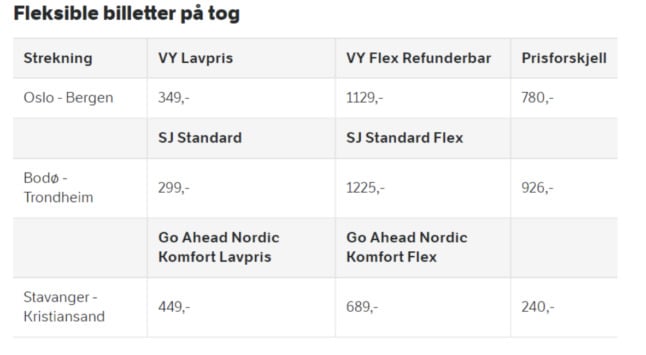
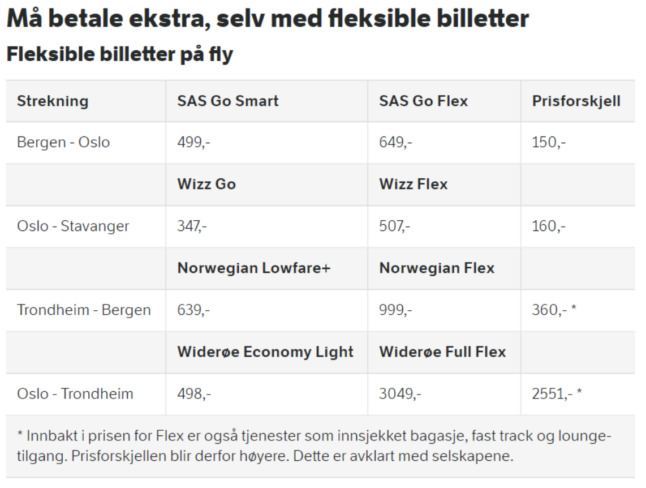
Source:NRK
How much more are you actually paying?
Based on the information in the charts, you can see a flexible train ticket from Oslo to Bergen is nearly three times the price of a non-refundable one. And low-budget airline Widerøe requests 2,551 kroner (€256) extra for a flexible ticket from Oslo to Trondheim.
“It is true that the difference can be big, because low-cost tickets can often be discounted, while there is never a discount on flexible tickets,” Dag Brekkan, a sales manager at Go-Ahead Norway told NRK.
It appears that on average, an upgrade to a flexible ticket for transportation by train will cost more than an upgraded flexible ticket via plane.
It is important to note that you are not just paying extra for the assurance that you will get your money back or the option to change the ticket in case your trip is cancelled. A customer who has purchased a flexible ticket for a plane often enjoys the perks of free baggage, access to the airport lounge, and a fast track check-in, in addition to the money back guarantee.
Thinking it through
So, is it worth it? Many residents already have travel insurance that will refund a train or plane ticket should a trip be cancelled for any reason.
In addition, many credit cards carry their own insurance on cancelled trips. It may be worth buying your transport ticket with your credit card over a debit card if your credit card company has such money-refunding insurances on travel purchases.
Note that it is important to follow the national rules and regulations pertaining to the ongoing pandemic, as a lot of banks that offer insurance, such as Sparebank1, adjust their rules to fit the current restrictions.
The takeaway
To make the right choice between a flexible ticket versus a regular ticket, it is now more important than ever to check the terms of the ticket you would like to purchase. And if you do have travel insurance, stay updated on the company’s policies concerning travel and COVID-19.
“When it comes to cancellation options for such trips, the individual must check their own travel insurance for which situations provide cancellation coverage through the insurance company,” Caroline Skarderud, a lawyer with Consumer Council told DinSide.
“When it comes to insurance coverage during the trip, the individual insurance agreement will also decide, so you should also check with your own company,” she said.
If you’re not on a tight budget, and prefer to travel more comfortably, a flexible ticket may be the best choice for you both now, and in a post-pandemic future.


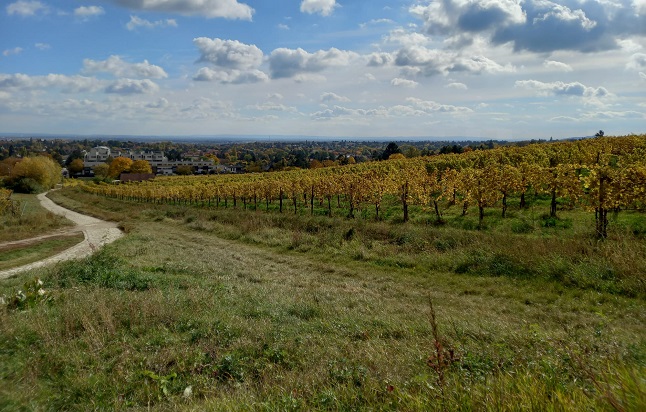
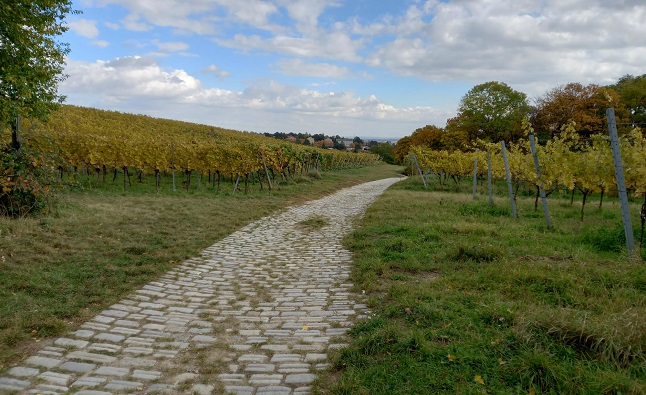
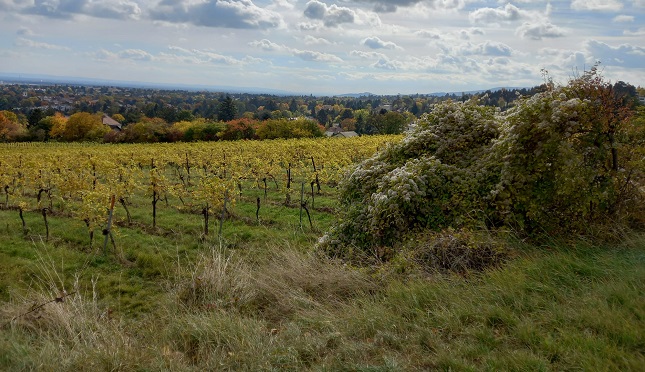
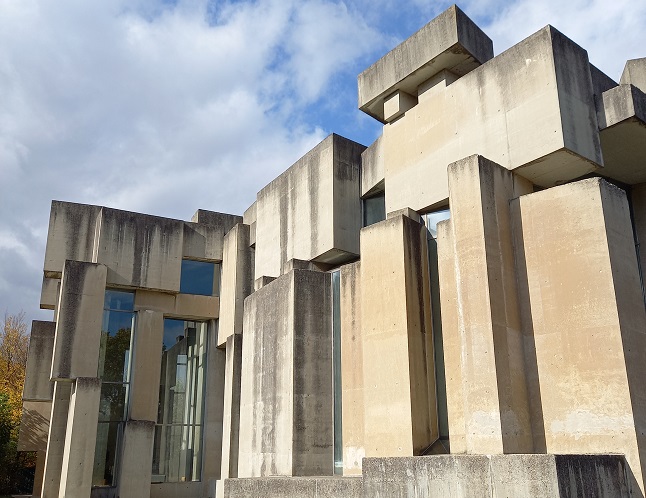
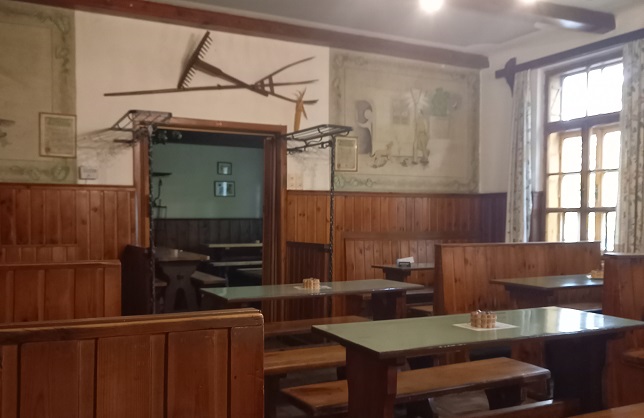
 Please whitelist us to continue reading.
Please whitelist us to continue reading.
Member comments